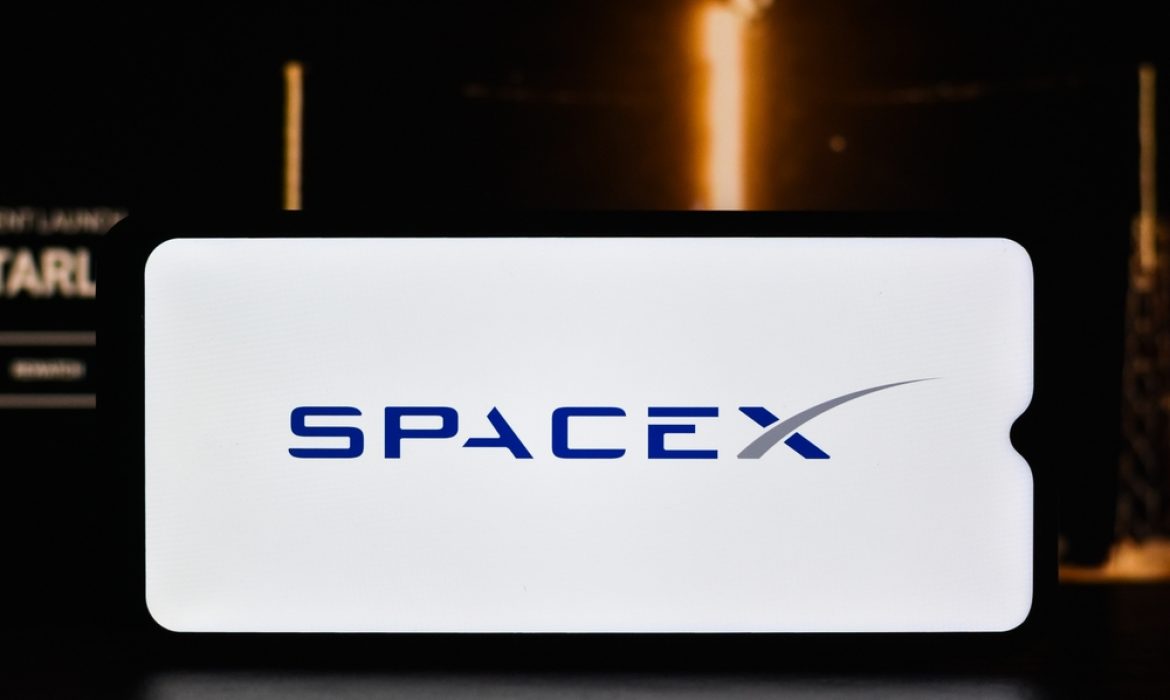SpaceX, under the leadership of CEO Elon Musk, has achieved a groundbreaking maximum download speed of 17 Mbps from Starlink satellites directly to unmodified Samsung Android phones. Musk shared this breakthrough on X Twitter, heralding a new era in satellite communication.
Peak Speeds and Coverage Clarifications
“SpaceX just achieved a maximum download speed of 17 Mbps from the satellite directly to an unmodified Samsung Android phone,” Musk proudly announced. In response to inquiries, Musk clarified that this speed represents the current peak per beam. He emphasized that the efficiency of the system is contingent on the absence of cellular service, as the large beams cover areas lacking conventional connectivity. This service is strategically designed to operate in partnership with wireless providers, a collaboration underscored by SpaceX and T-Mobile.
Partnership for a Wireless Revolution
This achievement follows an August 2022 announcement of a groundbreaking partnership between SpaceX and T-Mobile. The alliance aimed to leverage Starlink satellites to eliminate cellular network “dead zones.” Initially projected speeds for conventional 5G smartphones connecting to Starlink satellites ranged between 2-4 Mbps in specific coverage areas. The recent accomplishment has far surpassed these initial projections, marking a significant leap forward in satellite connectivity.
Texting Triumphs and Global Expansion Plans
In a monumental move, SpaceX and T-Mobile successfully exchanged the first text messages via the newly launched Starlink D2D satellites in January 2024. This project aims to provide satellite internet connectivity to regular cell phones, ensuring T-Mobile customers can stay connected even in areas without traditional cell phone coverage.
SpaceX envisions the public launch of text services with T-Mobile in 2024, with ambitious plans to expand offerings to include voice, data, and the Internet of Things (IoT) by 2025. The global scope of SpaceX’s ambitions is evident through partnerships with Rogers in Canada, Australia’s Optus, KDDI in Japan, and other international players.
Direct-to-Device Capability and Successful Testing
The realization of these communication services relies on larger, specialized versions of Starlink satellites equipped with direct-to-device (D2D) capabilities. SpaceX launched the initial six satellites on January 2, with successful early tests indicating the feasibility of this revolutionary technology.
“On Monday, January 8, less than 6 days after launch, we sent and received our first text messages to and from unmodified cell phones on the ground to our new satellites in space using T-Mobile network spectrum… [indicating that] the system works,” SpaceX stated proudly on its blog.
T-Mobile’s Vision and the Lost Messages Conundrum
T-Mobile’s CEO, Mike Sievert, likened the technology to placing a cell tower in the sky, envisioning a future where dead zones are eliminated, enabling seamless communication even in the most remote locations, such as the middle of the ocean.
However, the journey to seamless communication isn’t without its challenges. Attentive social media users noted disparities in sent and received messages between two devices, highlighting potential obstacles that need addressing before widespread implementation.
Conclusion and Future Horizons
SpaceX and T-Mobile’s joint efforts mark a significant leap forward in satellite communication, promising a future where connectivity knows no bounds. As they navigate challenges, the prospect of a world without cellular dead zones and enhanced global communication seems closer than ever.
Source: Engadget
